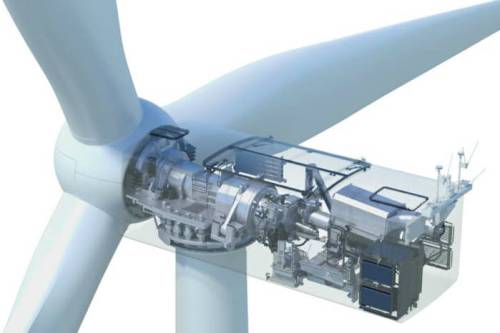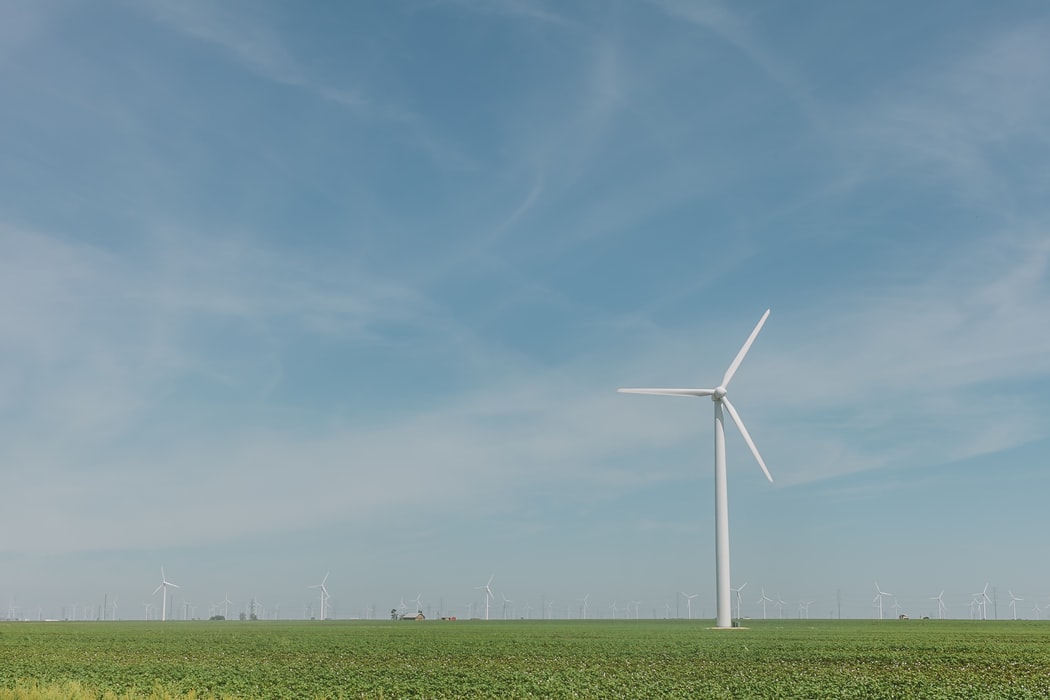Value Chain and Ecosystem in the Wind Energy Sector
M. Sencer ÖZEN
Investment Promotion and Support Expert
Investment Support Office
sencer.ozen@izka.org.tr
An ecological term, “ecosystem” is generally defined as the life systems formed by constant interactions between living and non-living beings in a given area (CBD, 2020). In economics, the concept of an ecosystem is similarly perceived as the interaction between actors in a given sector, and the network they have created for the continuity of said sector (Davidson et al., 2015) Value Chain, on the other hand, refers to all the activities carried out throughout the idea stage of a product or service, its distribution to final consumers, and its disposal after use through different production stages by involving physical transformation and a combination of inputs from different manufacturers (IDRC, 200).
Sectors, where value chain and ecosystem are considered highly crucial, are generally the sectors with multi-actor structures. In these sectors, it is often impossible to carry out activities by a single company. In order for the final product to be created and used, each actor in the ecosystem must add value individually. The renewable energy sector can be given as a major example of sectors with such a structure.

In the renewable energy sector, energy production is as important as the manufacturing of turbines/converters that produce energy. At this point, we are faced with the complexity in the manufacturing processes of the turbine/converter, which is the most basic product, and the wind energy sector, one of the sub-sectors of the renewable energy sector, likewise contributes substantially to the development of the industrial sector with the value chain and wide ecosystem it creates.
In order for the wind turbine, which converts wind power into energy, to take its final form and become operable, it must first be transformed into the main components made up of sub-components consisting of hundreds of parts manufactured by the use of myriad different materials, and these main components must be transported to the area where the turbine will be installed and assembled on site. The manufacturing process of these parts and sub-components comprising wind turbines concern various sectors and generally come with the need for specific manufacturing technology and specific manufacturing infrastructure. The industrial aspect of the energy sector, which involves numerous processes from manufacturing and logistics of said components and parts, their assembly in the area of investment, installation of energy transmission lines, to their service and maintenance, creates a wide ecosystem with an important value chain.
Since a wind turbine, which is the final product of the wind industry, consists of approximately 8,000 individual parts (G. Ayee, et al., 2009), it is not only economically irrational for a company to single-handedly produce the entire turbine, it is also impossible for a single company to make integrated investments that will enable them to produce all the equipment, and to carry out the manufacturing process of every single part on its own. For this reason, the parts that make up the turbine are manufactured by accredited OEM (Original Equipment Manufacturer) companies in various sectors that are specialized in the production of necessary parts. And this highlights the importance of the ecosystem, which plays a critical role in the formation of the value chain where manufacturers constitute a significant portion of the wind industry.

An examination of the realization processes of renewable energy investments reveals that the ecosystem must reach a certain level in terms of quality and quantity in order for the investments to be realized in a given region. Considerable equipment volumes and weights lead to high logistics costs and demanding operation processes. That is why component manufacturers often carry out their manufacturing activities in areas close to where turbine investments will be realized. Additionally, many countries develop strategies to attract these manufacturers to their own countries or to create their own manufacturers with the aim to foster economic development. They want this high value-added ecosystem and value chain to be located within their own geographic area. To that end, in Turkey, renewable energy investors have also recently been given incentives for the use of domestic equipment, and in public tenders related to renewable energy investments, investors are required to utilize domestic equipment to a certain extent, and manufacturers are likewise required to recruit a certain percentage of Turkish employees and carry out the relevant R&D activities in Turkey, along with other similar conditions (ETKB, 2016).
Devised on a national scale in Turkey, this strategy has been employed successfully in İzmir and its vicinity on a regional scale, and thus, an advanced wind energy ecosystem has been created in İzmir. İzmir’s wind energy potential, advanced logistics and production infrastructure, qualified manpower, developed sub-industry and multi-sectoral structure have all assisted in the creation of this value chain in İzmir and its vicinity. The actors have begun taking up positions in areas close to one another, which allowed them to gain a competitive edge against rival companies in many areas.
The effects that occur as a result of the concentration of economic activities in a certain geographical area leading to a reduction in costs are called “agglomeration economies”, while the concentration of companies that can produce synergy effects through geographic proximity and interdependence is called clustering. According to Porter (1990), clusters consist of actors involved in deep relationships and cooperation by means of buyer-supplier or common technologies, production/distribution channels, and common institutions. At this point, one can also argue that clustering activities and the concept of an ecosystem are elements that complement one another.
Wind Energy Sector Clustering, and Value Chain and Ecosystem in İzmir
A noteworthy increase has been achieved in wind energy production in the Turkish Wind Energy sector in the last 10 years. Thus, the demand for wind turbines has increased along with the demand for its components, and new business opportunities have arisen in areas such as installation, service, maintenance, and engineering. Especially the companies in Izmir and its vicinity have taken great advantage of these opportunities and now become capable of manufacturing many components. Ultimately, a wide supply chain has been established in İzmir in order to produce high value-added products such as the tower, blade, rotor, generator, nacelle, and electromechanical systems that comprise a traditional wind turbine. A powerful supply chain has formed in the region including global companies such as Siemens-Gamesa, Enercon, General Electric (LM Wind Power), TPI Composites, CS Wind, as well as major regional companies such as Ateş Çelik, Dirinler Döküm, Norm Cıvata, GİMAS, Tibet Makine and Eltaş, which has turned İzmir into the only production base of Turkey in wind energy equipment manufacturing.
In order for the companies in the supply chain, which have secured an important position in the national market, to have a corner on the international market, they should now be able to behave as a single cluster that acts in unison. In addition to companies, it has become imperative for all actors in the ecosystem, public, private and non-governmental organizations alike, to create a synergy in order to bring the value chain to our country and the region, as in the example of Denmark, Spain and Germany. It is necessary to adopt a common discourse on all issues that require coordination, such as improving infrastructure, developing a qualified workforce, improving R&D and innovation capacity, and implementing a public/private sector policy, and to act as a single unit against global competition.
REFERENCES
- Convention on Biological Diversity (2020)
- Davidson, S., Harmer, M., & Marshall, A. (2015). “Strategies for Creating and Capturing Value in the Emerging Ecosystem Economy”.
- Enerji ve Tabii Kaynaklar Bakanlığı, (2016)
- G. Ayee, M. Lowe and G. Gereffi. (2009) Manufacturing Climate Solutions, Chapter 11: Wind Power: Generating Electricity and Employment
- IDRC – A Handbook For Value Chain Research (2000)
- Porter, M. E. (1990). Competitive Advantages of Nations. New York: Basic Books.





